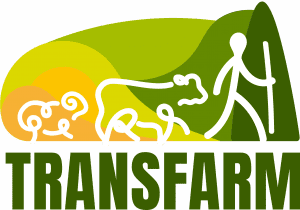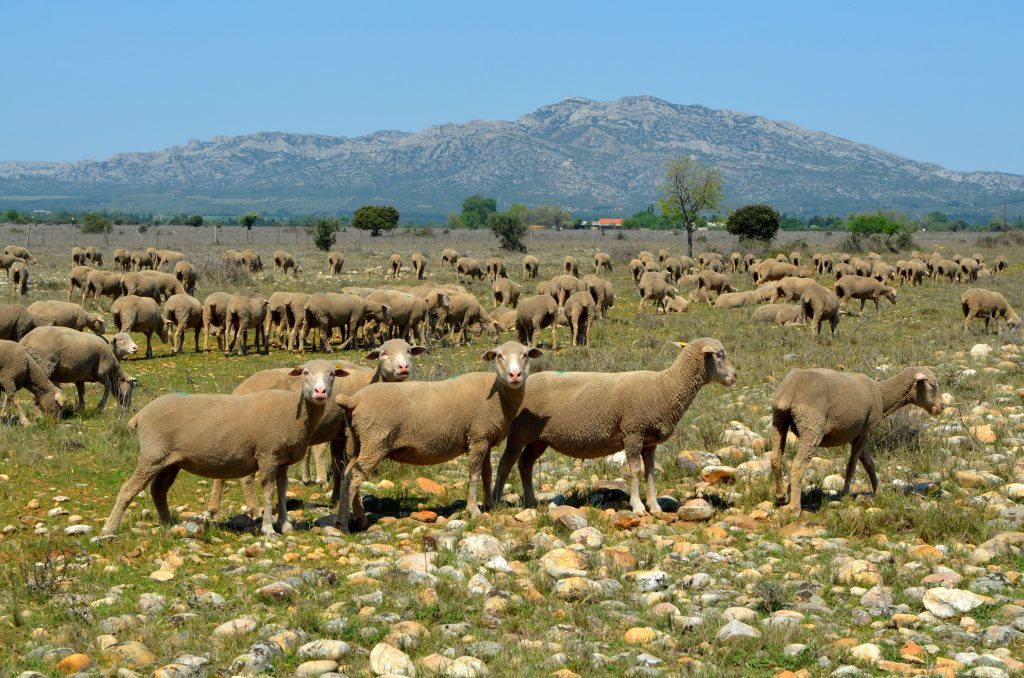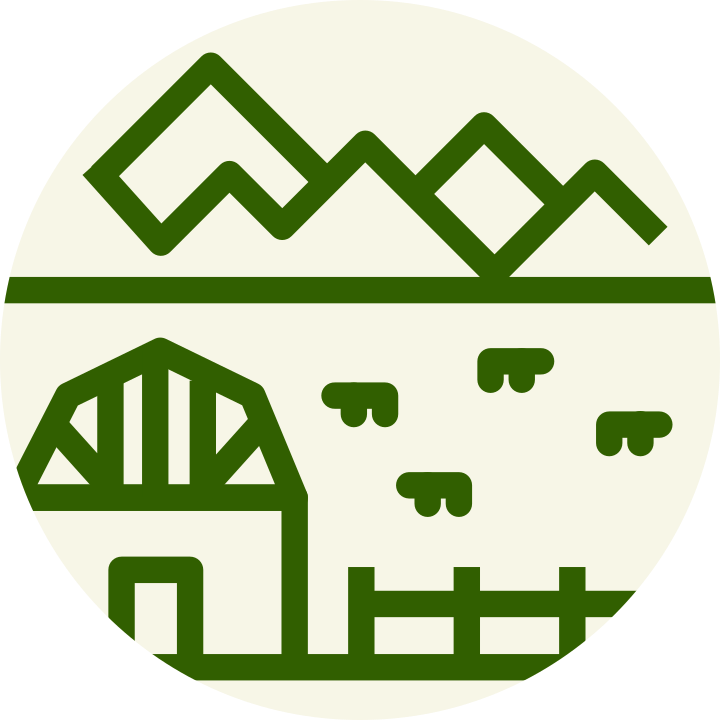The Domaine du Merle, a 400-hectare site on the Crau plain in Provence, has been an essential part of transhumance breeding for almost a century. It is a centre for training, research and experimentation on transhumance. association La Maison de la Transhumance joined the Domaine in 2012. As a result of this collaboration, the Domaine has also become a place of knowledge, mediation and documentation.





